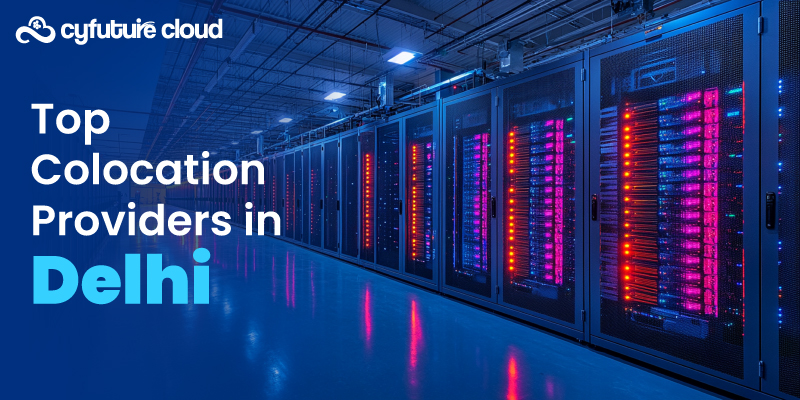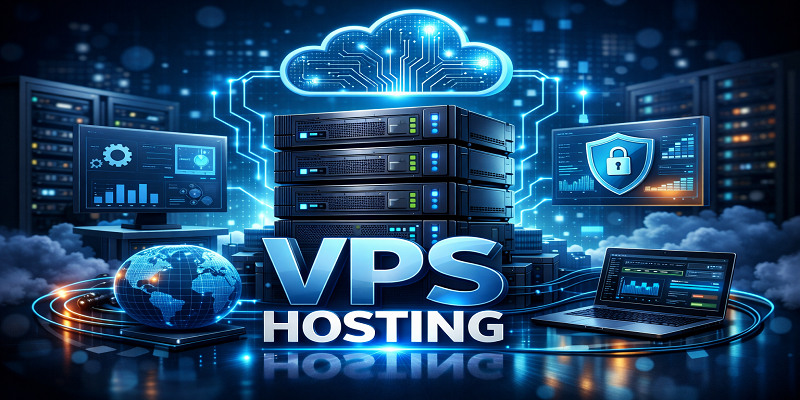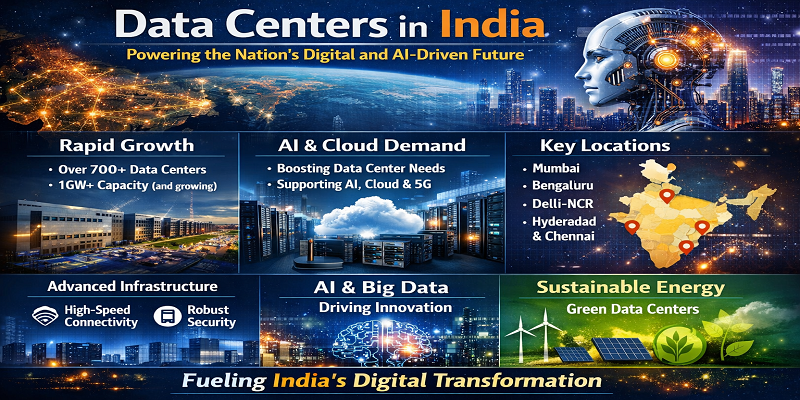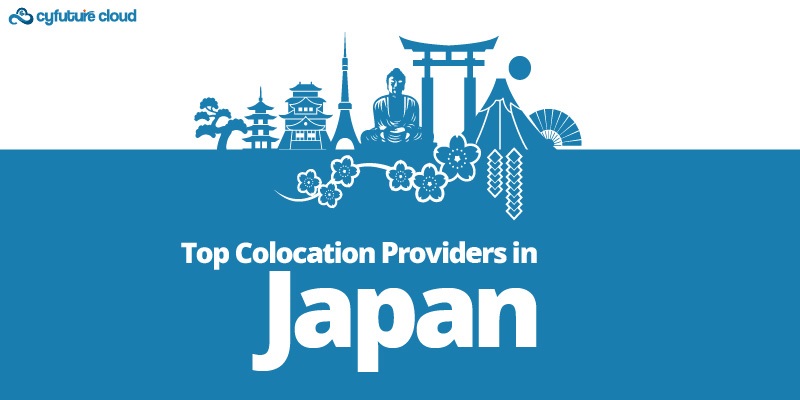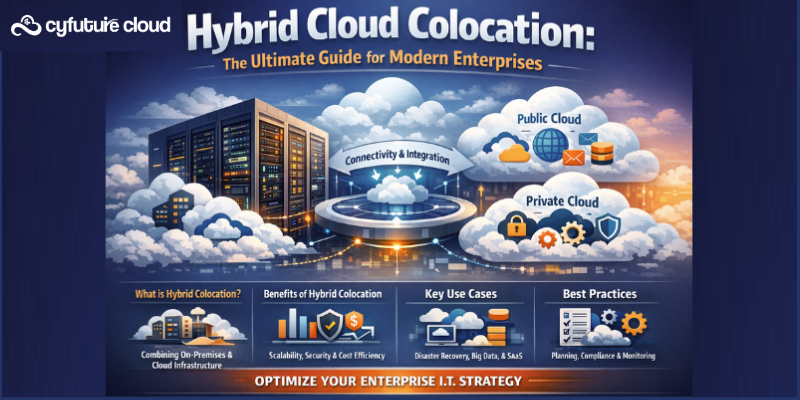Table of Contents
- Cloud Orchestration Strategy:
- 1. What is container orchestration?
- 2. Why do we need container orchestration?
- 3. What are the benefits of container orchestration?
- 4. What Problems Does Container Orchestration Solve?
- 5. What are some container orchestration tools and platforms?
- 6. How to Pick Your Container Orchestration Platform
- 7. In a Nutshell
Over the last few years, Container orchestration has dramatically changed the way software organizations build, dispatch, and maintain applications. With many enterprises, cloud orchestration publicly announced their move to the cloud.
According to a recent study by Forrester Consulting, an overwhelming majority of tech leaders (65%) are now turning to third-party platforms to manage their containerized workloads, rather than relying on internal expertise.
This shift is being driven by the increasing complexity of containerized applications, which can often be difficult to manage without specialized tools and expertise. By outsourcing container management to a third-party platform, enterprises can focus on their core competencies and leave complex management tasks to the experts.
Some renowned companies that are benefiting from using a container orchestration platform are Facebook, Google, Netflix, IBM, and Capital One.
Cloud Orchestration Strategy:
-
Assessment of Requirements: Understand your organization’s needs, existing infrastructure, and desired outcomes. Determine which cloud services (public, private, hybrid) are suitable and what applications or workloads will be migrated or created in the cloud.
-
Selecting Orchestration Tools: Choose appropriate orchestration tools or platforms based on your requirements. Tools like Kubernetes, Terraform, Ansible, or cloud-specific tools (AWS CloudFormation, Azure Resource Manager, Google Cloud Deployment Manager) can help in automating and managing resources effectively.
-
Defining Orchestration Policies: Establish policies for deployment, scaling, monitoring, and governance. This includes defining rules for resource allocation, security protocols, compliance requirements, and cost management strategies.
-
Automation and Integration: Automate repetitive tasks and workflows. Integrate various services and applications to work cohesively, ensuring seamless data flow and interoperability between different systems.
-
Scalability and Flexibility: Design the orchestration strategy to be scalable and adaptable to changing business needs. Ensure the architecture allows for easy scaling of resources both vertically (increasing capacity) and horizontally (expanding instances).
-
Security Measures: Implement robust security measures across all layers of the orchestration process. This includes access control, data encryption, identity management, and compliance monitoring to ensure data and infrastructure security.
-
Monitoring and Optimization: Set up monitoring tools and processes to track performance metrics, resource usage, and overall health. Continuously optimize the orchestration strategy based on the insights gathered to improve efficiency and reduce costs.
-
Training and Documentation: Educate your team about the orchestration tools and processes being implemented. Create comprehensive documentation outlining procedures, best practices, and troubleshooting guidelines.
-
Testing and Iteration: Before full deployment, conduct thorough testing of the orchestration setup in a controlled environment. Iterate and refine the strategy based on testing results and user feedback to enhance functionality and efficiency.
-
Continuous Improvement: Cloud orchestration is an ongoing process. Regularly review and update the strategy to incorporate new technologies, address evolving business needs, and enhance overall performance.
This post delves into what container orchestration is, how it work well, its tools, benefits, and other related topics.
Well, if you’re running a business, then the chances are high that you’re using containers to run your applications. But here the matter of understanding is about container orchestration.
1. What is container orchestration?
Container orchestration is the process to automates the scheduling, deployment, scaling, health monitoring, and management of containerized applications. It involves the use of tools and processes to manage and coordinate the several containers that create an application.
Containers are like Lego blocks for your app code, which makes them easy to run, move, update, and package. Containers have everything your code needs to run reliably in different IT environments, including the app source code, operating system libraries, and dependencies.
To enhance the reliability and scalability of containerization applications we can use container orchestration, as well as make it easier to manage and deploy them in a production environment.
We have come a long way from the days of building single-tier monolithic applications. Developing software has become more complex as different technologies have emerged, each with its own benefits and drawbacks.
But with so many choices, it can be difficult to know where to start. Developers now have to choose between microservices, containers, and virtual machines, all with options for different cloud providers or hybrid deployments including on-premises.
2. Why do we need container orchestration?
Though the advantages of virtual machines and containers are the same containers are more powerful, lightweight, more efficient, and simpler.
To automate and manage the following tasks at scale, we can use container orchestration:
- Configuring and scheduling containers
- Provisioning and deployment of containers
- Finding the availability of containers
- The configuration of applications in terms of the containers that they run in
- Scaling of containers to equally balance application workloads across infrastructure
- Allocation of resources between containers
- Load balancing, traffic routing, and service discovery of containers
- Health monitoring of containers
- Securing the interactions between containers.
Configuring applications based on the containers chosen to run them can save a lot of time and hassle. As you can see, container orchestration can streamline processes and make life a lot easier.
3. What are the benefits of container orchestration?
Container Orchestration offers several benefits that include:
- With automation the operations become fast: By automating tasks, container orchestration saves incredible amounts of time such as load balancing, provisioning containers, optimizing networks, scheduling, and setting up configurations.
- Enhanced deployment process: Container orchestration can streamline the process of deploying and updating applications, which can help you to more quickly bring new features and updates to your users.
- Simplified management: To simplify the management of your containerized applications, container orchestration can help you by providing a single point of control for all of your containers. This can make it easier to deploy, update, and maintain your applications, and can help to reduce the complexity of managing a large number of containers.
- Increased employee productivity: According to the report, around 74% of companies report that their teams are more productive when they do not work on repetitive tasks. Teams release new features faster, which leads to swift times-to-market (TTM) and more room for high-ROI innovation.
- Enhanced scalability: Container orchestration makes it easy to scale your applications up or down as needed, which can be particularly useful for applications that need to handle fluctuating demand. This can help to improve the availability and reliability of your applications.
- Resource and cost savings: Container orchestration removes unnecessary overhead expenses and manages optimal usage of processing and memory resources. To build and manage systems companies need fewer staff members which help companies in saving time.
- Extra security: The chances of human error can be drastically reduced by container orchestration, the leading cause of successful cyber attacks. In fact after adopting the orchestration, more than 73% of companies report enhancement in security. Also, it can provide secure networking between containers and automate the deployment of security updates.
- Better app quality: Due to container orchestration the quality of the app was enhanced by almost 78% according to the team’s report. Also, due to better-performing apps, 73% of companies state that they improved user satisfaction.
- Better employee retention rates: Container orchestration makes room for more interesting tasks and frees teams to mundane work, which improves happiness and your ability to keep talent from leaving the company.
- Higher uptime service: Orchestration platforms have been shown to significantly lower service downtime for over 72% of companies that adopt them. A container orchestration platform can automatically detect and fix infrastructure failures much faster than any human could.
- Improved efficiency: Container orchestration allows you to make the most of your available resources by efficiently scheduling and managing the workloads of your containerized applications. This can help to reduce costs and improve the overall performance of your applications.
4. What Problems Does Container Orchestration Solve?
Container orchestration is the process of managing the deployment, scaling, and management of containers. Containers are a form of lightweight virtualization that allows developers to package their applications and all of their dependencies into a single package, called a container image. This makes it easier to deploy and run applications consistently across different environments.
The main problem that container orchestration solves is how to manage and coordinate the deployment and scaling of these containerized applications in a production environment. This includes tasks such as:
- Deploying and updating containerized applications.
- To meet the demand scale the number of containers up or down.
- Monitoring the health of containers and the applications they are running.
- Network management between containers and the outside world.
- Providing a platform for deploying and managing microservices.
There are a number of tools available to help with container orchestration, including Kubernetes, Docker Swarm, and Apache Mesos. These tools provide a way to automate the deployment, scaling, and management of containerized applications, making it easier to run large-scale, distributed applications in production.
5. What are some container orchestration tools and platforms?
There are a number of container orchestration tools and platforms available, including:
Kubernetes
Kubernetes is an open-source container orchestration platform developed by Google. It is widely used and has become the de facto standard for container orchestration.
Docker Swarm
Docker Swarm is a container orchestration platform developed by Docker. It is a native clustering tool for Docker that makes it easy to create a cluster of Docker hosts and deploy applications to them.
Apache Mesos
Apache Mesos is an open-source cluster manager that provides resource isolation and sharing across distributed applications. It is designed to scale to very large cluster sizes and can be used to manage containerized applications.
Amazon ECS
Amazon Elastic Container Service (ECS) is a container orchestration service provided by Amazon Web Services (AWS). It is a fully managed service that makes it easy to run and scale containerized applications on AWS.
Azure Container Instances
Azure Container Instances is a container orchestration service provided by Microsoft Azure. It allows users to easily create and manage containers in Azure, without the need to set up and maintain a full container orchestration platform.
Google Cloud Run
Google Cloud Run is a fully managed container orchestration service provided by Google Cloud. It allows users to easily deploy containerized applications to the cloud and scale them up or down as needed.
6. How to Pick Your Container Orchestration Platform
When choosing a container orchestration, you can consider the following factors:
Features: Different platforms have different features and capabilities, so it’s important to consider which features are most important to your organization and whether a particular platform offers them.
Ecosystem: Some platforms have a larger ecosystem of tools and integrations, which can make it easier to use and extend.
Cost: The cost of a platform can vary significantly, depending on the features and services offered. It’s important to consider the total cost of ownership, including the cost of licenses, support, and any additional services you may need.
Compatibility: If you are already using a particular platform or set of tools, it may be important to choose a container orchestration platform that is compatible with those tools.
Support: Consider the level of support offered by the platform and whether it meets your needs. This can include things like documentation, community support, and commercial support options.
Scalability: If you expect your applications to grow significantly over time, it’s important to choose a platform that is scalable and can handle the additional load.
Ease of use: Some platforms are easier to use than others, so it’s important to consider the learning curve and the level of expertise required to use the platform effectively.
7. In a Nutshell
Container orchestration automates container lifecycle management in large, dynamic environments, which has had a significant impact on the velocity, agility, and efficiency with which developers can deploy applications to the cloud.
Container orchestration can be an extremely valuable and productive way of running containers at scale for many organizations, by implementing and enforcing simple workflow standards with complex security and governance requirements. With proper resource management and load balancing, this approach can result in much-needed scalability productivity improvements.
I hope this post was helpful in understanding a little more about container orchestration and how it can be used in your journey to cloud computing.
Recent Post
Send this to a friend

 Server
Colocation
Server
Colocation CDN
Network
CDN
Network Linux
Cloud Hosting
Linux
Cloud Hosting Kubernetes
Kubernetes Pricing
Calculator
Pricing
Calculator
 Power
Power
 Utilities
Utilities VMware
Private Cloud
VMware
Private Cloud VMware
on AWS
VMware
on AWS VMware
on Azure
VMware
on Azure Service
Level Agreement
Service
Level Agreement 